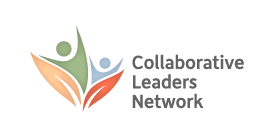Ensure that the group develops a well-informed understanding of the issue and knows about available assets related to the issue.
The goal of this stage is to ensure that there is comprehensive understanding among participants about the issue and available assets related to the issue, so they can:
- Clearly view the causes, parameters, and impacts of the issue
- Expand the common ground, in hopes of finding mutually acceptable solutions
- Gain insight into the relationship between this and other community issues, so that solutions arrived at might also advance other community goals
- Build motivation to stay involved during implementation
To fully understand the challenge the group has been tasked with, members review:
- A summary of recommendations from previous planning on the issue
- A list of existing assets related to the issue, such as programs, experts, resources, incentives, etc.
Once the group has a well-informed understanding of the issue and knows about available assets related to it, participants subsequently create a written problem definition and description.
Based upon the work of the group, a written summary is prepared; it serves as the foundation for visioning and action planning.
